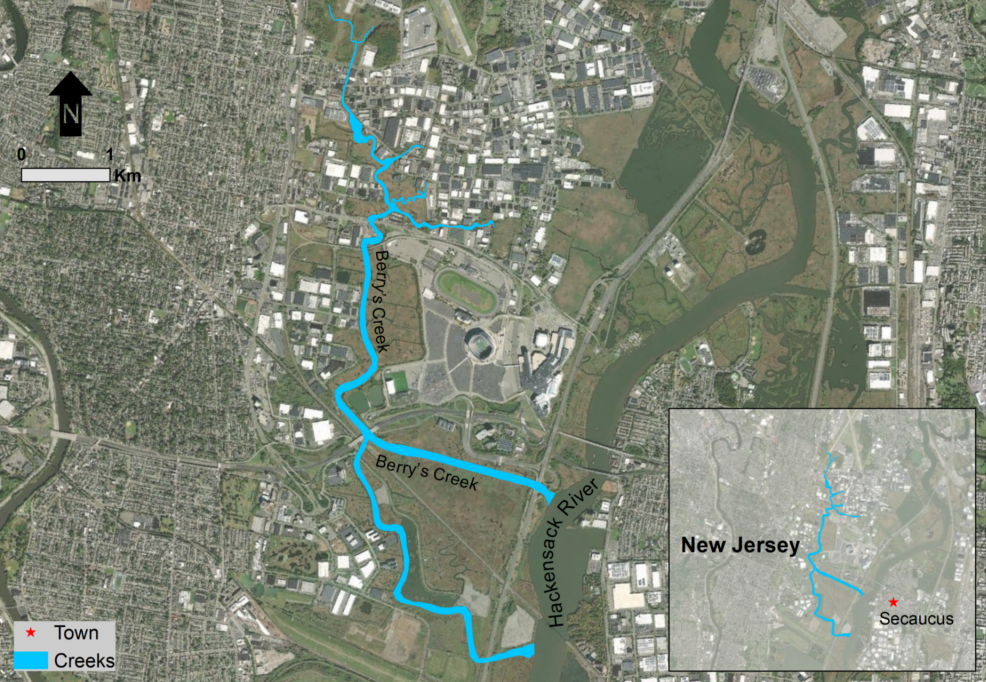
Confidential
From 2019 – To 2020
Report submitted to client
The Berry’s Creek watershed is located in the Hackensack River Meadowlands in Bergen County, New Jersey. Sections of the creek are located in the Boroughs of Teterboro, Moonachie, Wood-Ridge, Carlstadt, Rutherford and East Rutherford. The 12 mi2 watershed consists of approximately 1.6 mi2 of tidal waterways and marshes, and 10.4 mi2 of highly-urbanized upland areas that drain to the tidal zone of the Berry’s Creek Study Area (BCSA).
The BCSA contains PCBs, mercury, and other metals as contaminants of potential concern. The BCSA Remedial Investigation and Feasibility Study (RI/FS) was initiated in 2008 as part the EPA designated Superfund site. More than 10,000 samples were collected and analyzed over a seven-year period for the RI/FS investigation.
DSI was tasked to prepare an expert report in support of the Position Paper requested by the clients for the allocation of cleanup costs in the BCSA.

DSI conducted a rigorous validation and verification of its own version of EFDC+ against the existing EFDC model, it’s results for the BCSA model, and observation data provided by the clients. This verification showed that DSI’s version of the EFDC code is functionally equivalent to the source code provided by the clients. DSI made key improvements to the code to allow the models to be run using multi-core computing systems which dramatically reduced the run times.
DSI made model to data comparisons, model to model comparisons, and then implemented Lagrangian Particle Tracking (LPT) for the source allocation of contaminants. We released Langrangian particles from each source in the system and used it to evaluate the fate and transport of particle-bound contaminants in a general way without considering chemical interactions. To mimic the behavior of sediment particles, they were assigned a settling velocity based on the finest sediment class used in the BCSA model. A heat map of the particles were created based on the final position of the Lagrangian particles.
DSI responded to comments on the expert report and the submitted the final report and model to the client.